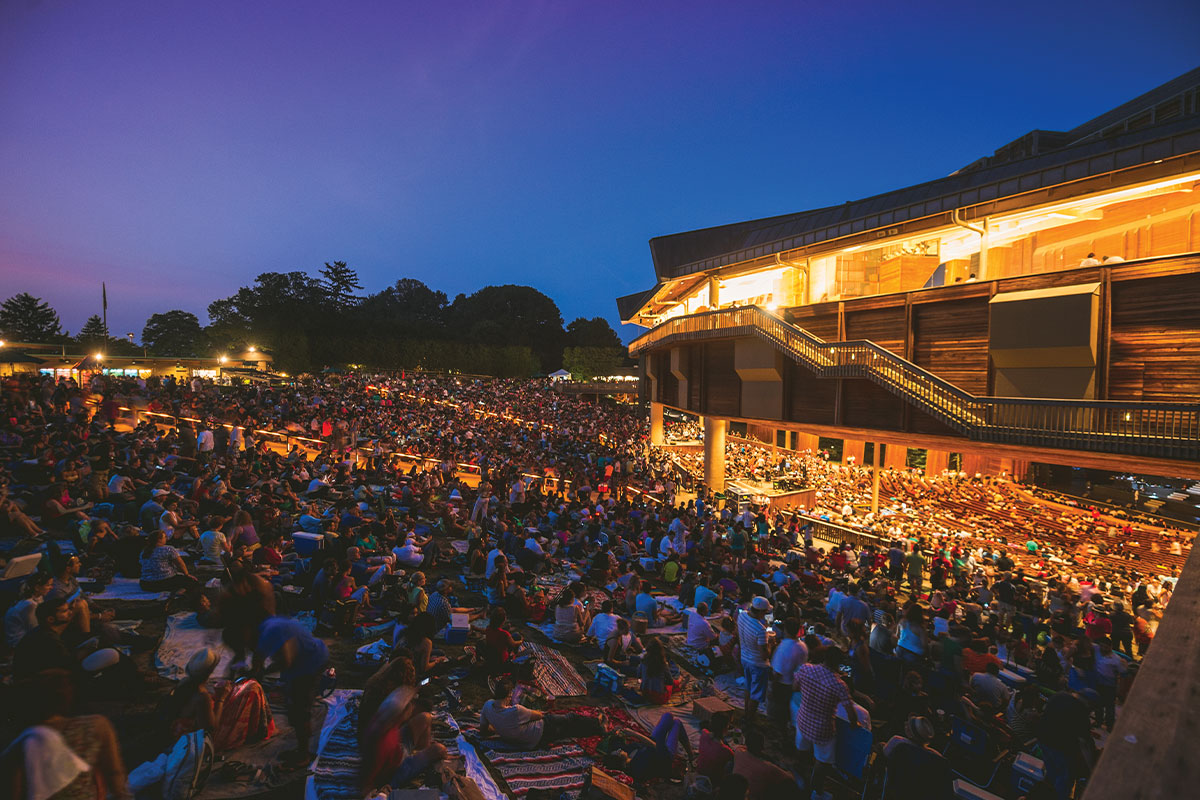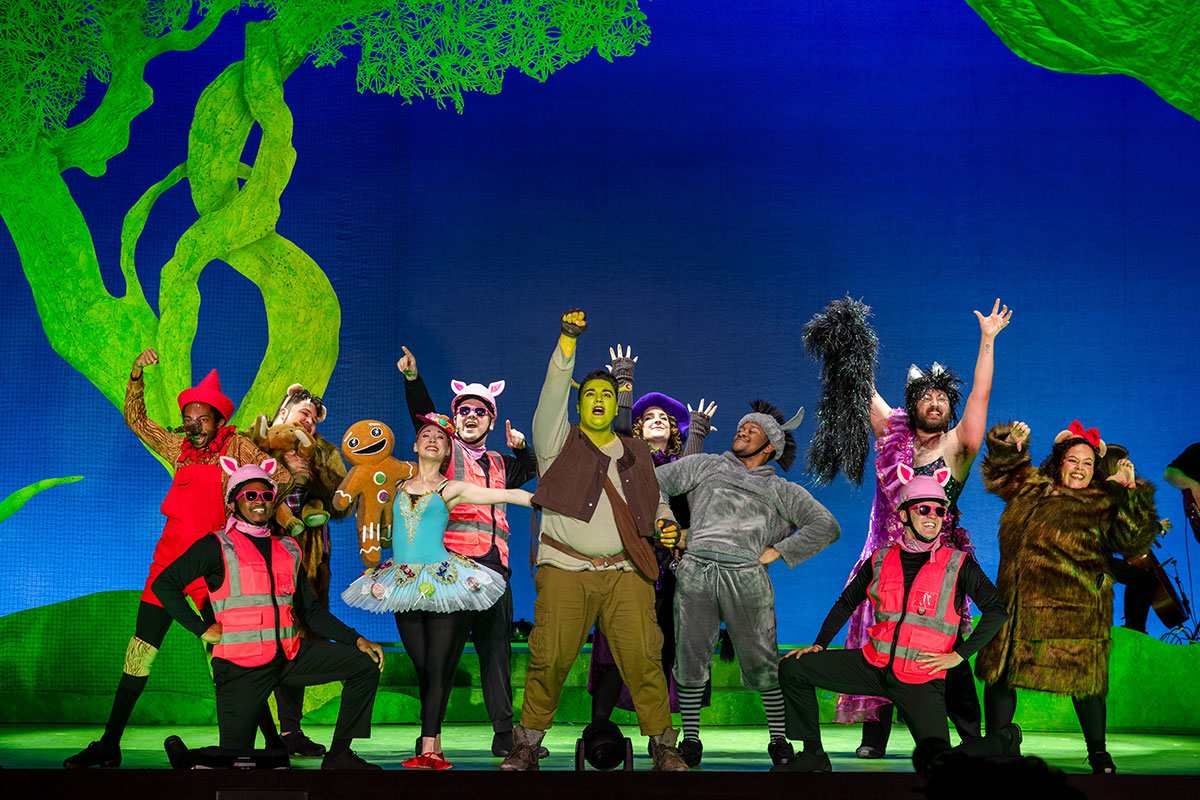
“Arlington is engrained into us. I mean in our DNA.”
Richard Nguyen, general manager of Arlington’s Nam-Viet Restaurant, has lived in the county since his birth in 1984—a time when Clarendon’s corridors hardly resembled the millennial-heavy haunts of today.
From the mid-1970s to mid-’80s, Clarendon’s main drags housed retail owned by Vietnamese refugees who fled the country after the 1975 fall of Saigon. Arlington—chosen as a destination in part because of its proximity to U.S. government agencies where immigrants might catch news about relatives back in Vietnam—was a micro-community for recent immigrants, a place where they could easily pick up Asian spices, get their clothes tailored or find affordable shoes and luggage. For many, the neighborhood was vital for survival in a new land.
“We exchanged advice to each other, how to survive in America and how to be happy—how to learn to be American,” says former Arlington and longtime Falls Church resident Kim Cook in a video from the “Echoes of Little Saigon” history project produced by Virginia Tech graduate students in partnership with the Arlington County Public Library.
In 2014, master’s degree students from the university’s Department of Urban Affairs and Planning in Alexandria led by associate professor Elizabeth Morton teamed up with the library to gather stories and photography from community members on the neighborhood known as “Little Saigon.” In the post-Vietnam War era, Arlington was undergoing somewhat of a renaissance, with the Clarendon Metro station under construction and the Parkington Shopping Center experiencing a major overhaul to become Ballston Common Mall. With construction vehicles often present, the Clarendon area sported low rents and short rental contracts.
“Within a couple years, you had a number of businesses that sprang up,” says Judd Ullom, a key student on the project and current associate at real estate development firm Foulger-Pratt. “It became more of a focal point and it attracted more people. So I think it became a self-fulfilling narrative that lots of people were attracted to.”
In 1975, Nguyen’s father was captured in South Vietnam by Viet Cong soldiers and held in an internment camp for three years while his mother waited for his release. Nguyen’s parents then fled to Thailand and ultimately immigrated to the United States in 1979 with his two older brothers.
“My family fell in love with Arlington. At the time, it was the area that embraced us,” Nguyen says.
After working odd jobs for a few years, the Nguyens established My-An restaurant on Highland Street in 1983 and eventually relocated their business to Hudson Street, re-opening as Nam-Viet in 1986. Though Nguyen was just a small child, he describes many of the area businesses from the 1980s: a Vietnamese market where a CVS now stands, shops for watch repair and luggage near where Spider Kelly’s and Don Tito currently operate.
Nguyen recalls a recent visit to Northside Social—which he points out has seen iterations as a coffee shop and flea market in the past—when he observed a young man sharing his version of Arlington history with his date. He recalls the man likening Northside Social to Friends’ Central Perk and labeling Spider Kelly’s and Clarendon Ballroom as longtime staples of the area. Nguyen addressed him, saying, “Before these bars got here, there was actually a very prominent Asian community right here. So you may want to cite your facts before you give this history, because [for] people like me that have grown up in the area, it’s very painful to listen to you give this rendition.”
Just one decade after the enclave of businesses sprouted up in the 1970s and early 1980s, many had disappeared. Some relocated to the burgeoning Eden Center in Falls Church, which opened in 1984.
Late Arlington resident Nguyen Ngoc Bich was in Saigon when the city was lost to North Vietnamese forces, and later struggled to find a high-paying job in the United States, despite having an American degree. In one of the videos, he says the reason for Little Saigon’s fadeout was essentially financial.
“When you do not have a lot of money, you can only afford a temporary kind of arrangement. There’s almost no Vietnamese who were rich enough to compete with the American establishment,” Bich says.
To make the history of Little Saigon readily available, Ullom created a five-stop walking tour that covers a few blocks of Clarendon. Working with the Clarendon Alliance, Ullom developed five stickers with QR codes that navigate the smartphones of passersby to short videos sharing Little Saigon’s history. Each sticker was placed on the exterior of modern-day Clarendon businesses in 2015—creating a walking tour that is mostly still intact.
Though the county is not currently seeking to make Little Saigon a historic district, Cynthia Liccese-Torres, program coordinator for Arlington’s historic preservation department, wrote in an email that the county would like to gather additional oral histories and eventually honor the area with a historic marker or artwork.
Original residents featured in the project documentaries, like Cook, have moved on but still remember how it felt to see their community recede from the Clarendon skyline.
“We, that once had helped set up Clarendon, felt this sadness that—it’s like we’re losing the country the second time.”




